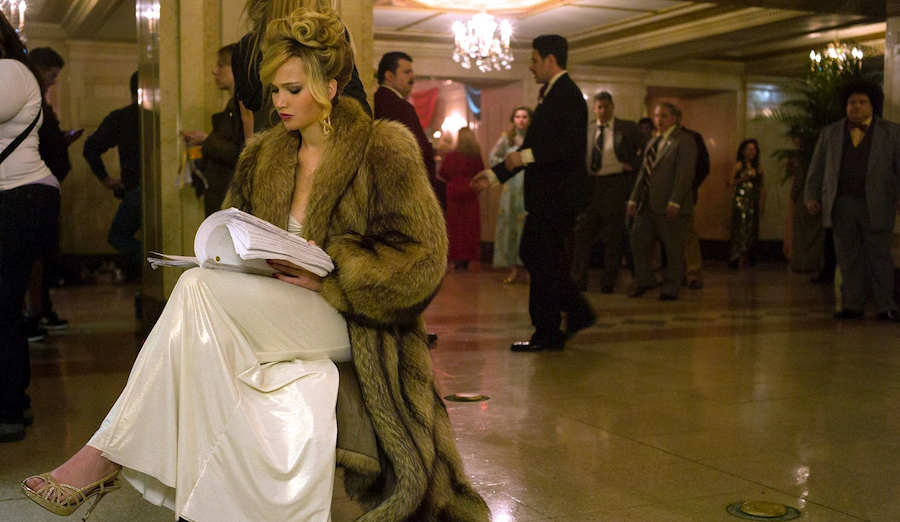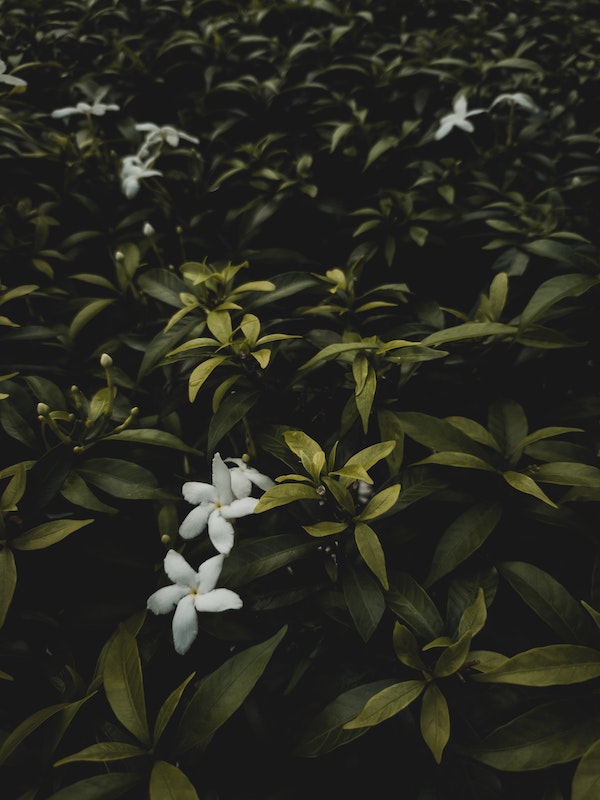Other ingredients that should also offend, but instead tantalise, include animal-derived musk, civet and ambergris. Madame du Barry, the last mistress of Louis XV, was rumoured to have been drenched in the latter – a substance produced in the digestive tract of sperm whales and usually found floating around in the ocean or washed up on a beach – to make herself irresistible to the French monarch. “Ambroxide is the naturally occurring compound in ambergris, and is credited for the unique odour properties of this unusual perfumery material,” says Moore. “It is now synthesised, and its use is widespread in perfumery today.” Molecule 02, formulated by chemistry-centred Escentric Molecules, consists solely of the ambroxide scent that doesn’t sanitise, but rather reveals our baseness.
“We could speculate that these notes, which also naturally occur in human body odour, have primal appeal,” says Moore. “That we have a subconscious response to them for purposes of reproduction and survival of the species.” This connection between scents and the carnal desire for sex and food is portrayed in the concluding act of “Perfume: The Story of a Murderer”. In the critically-acclaimed novel by Patrick Suskind, gifted but abominable anti-hero Guillaume is born without a personal scent to indicate his humanity. He formulates ‘the human-being odour’: a scent distilled from the murdered bodies of adolescent girls and, at the last, the outcast perfumer douses himself with the fragrance.
“They lunged at the angel, pounced on him, threw him to the ground. Each of them wanted to touch him, wanted to have a piece of him, a feather, a bit of plumage, a spark from that wonderful fire,” Suskind writes, intertwining flesh and nakedness with food, which becomes faecal matter; an animalistic act driven by the force of scent. “They tore away his clothes, his hair, his skin from his body, they plucked him, they drove their claws and teeth into his flesh, they attacked him like hyenas.”




 Danielle of K Pop group NewJeans has been named as the new brand ambassador for CELINE. Photo: CELINE
Danielle of K Pop group NewJeans has been named as the new brand ambassador for CELINE. Photo: CELINE  The Stellar Royal Oak Perpetual Calendar in collaboration with John Mayer.
The Stellar Royal Oak Perpetual Calendar in collaboration with John Mayer. 
 The T Australia "Journeys" issue with Sarah Snook on the cover is now in Coles stores.
The T Australia "Journeys" issue with Sarah Snook on the cover is now in Coles stores. 

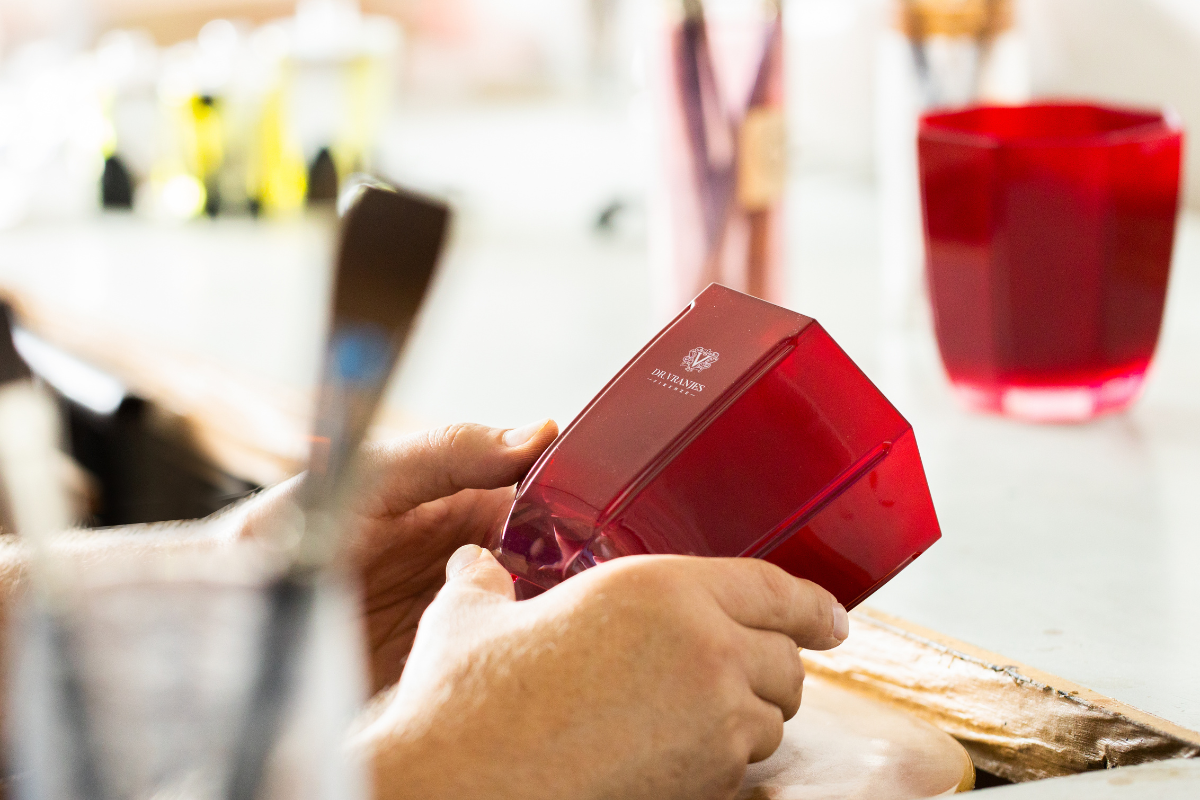 Dr Vranjes candle. Image courtesy of Dr. Vranjes.
Dr Vranjes candle. Image courtesy of Dr. Vranjes. 

 Photograph courtesy of Flamingo Estate.
Photograph courtesy of Flamingo Estate. 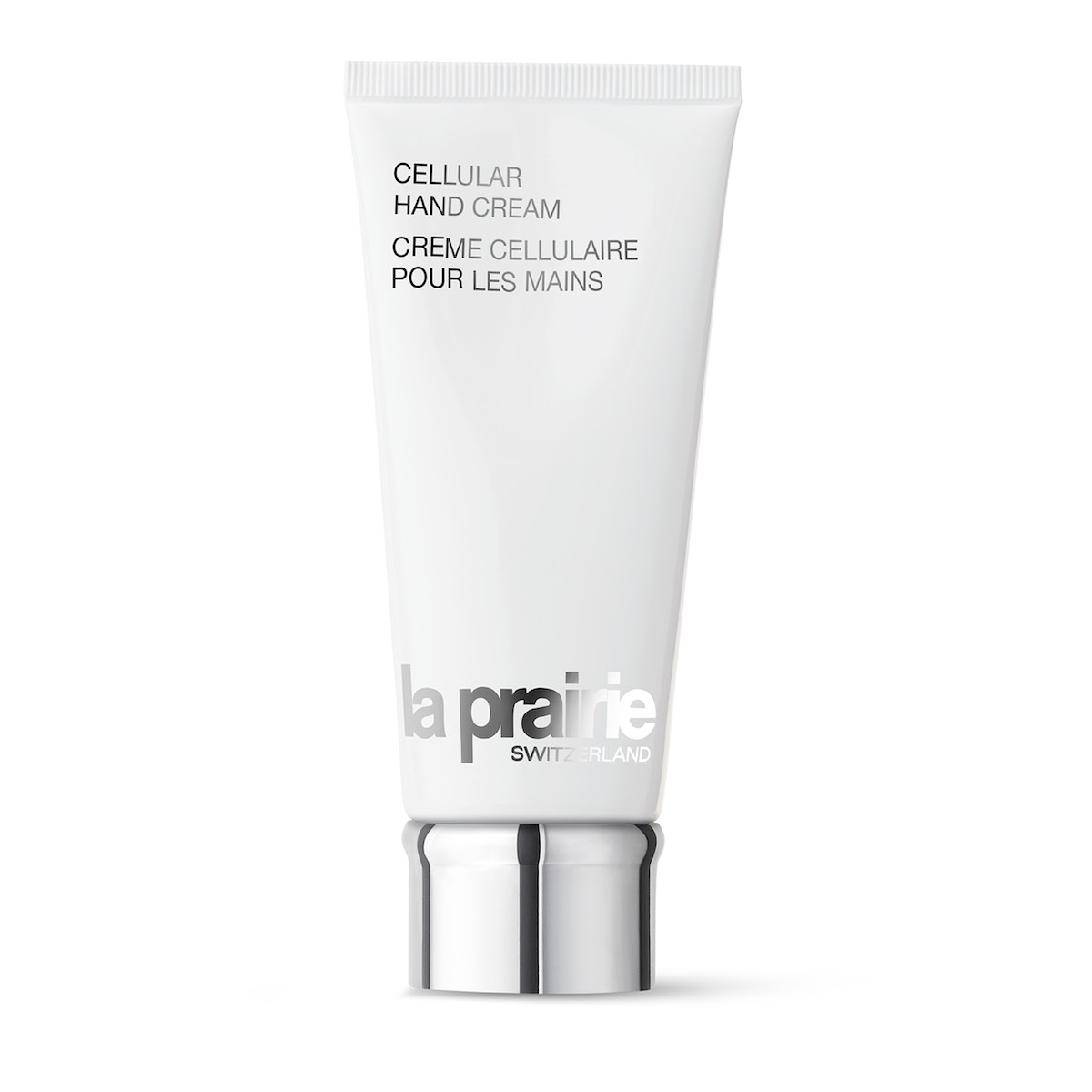
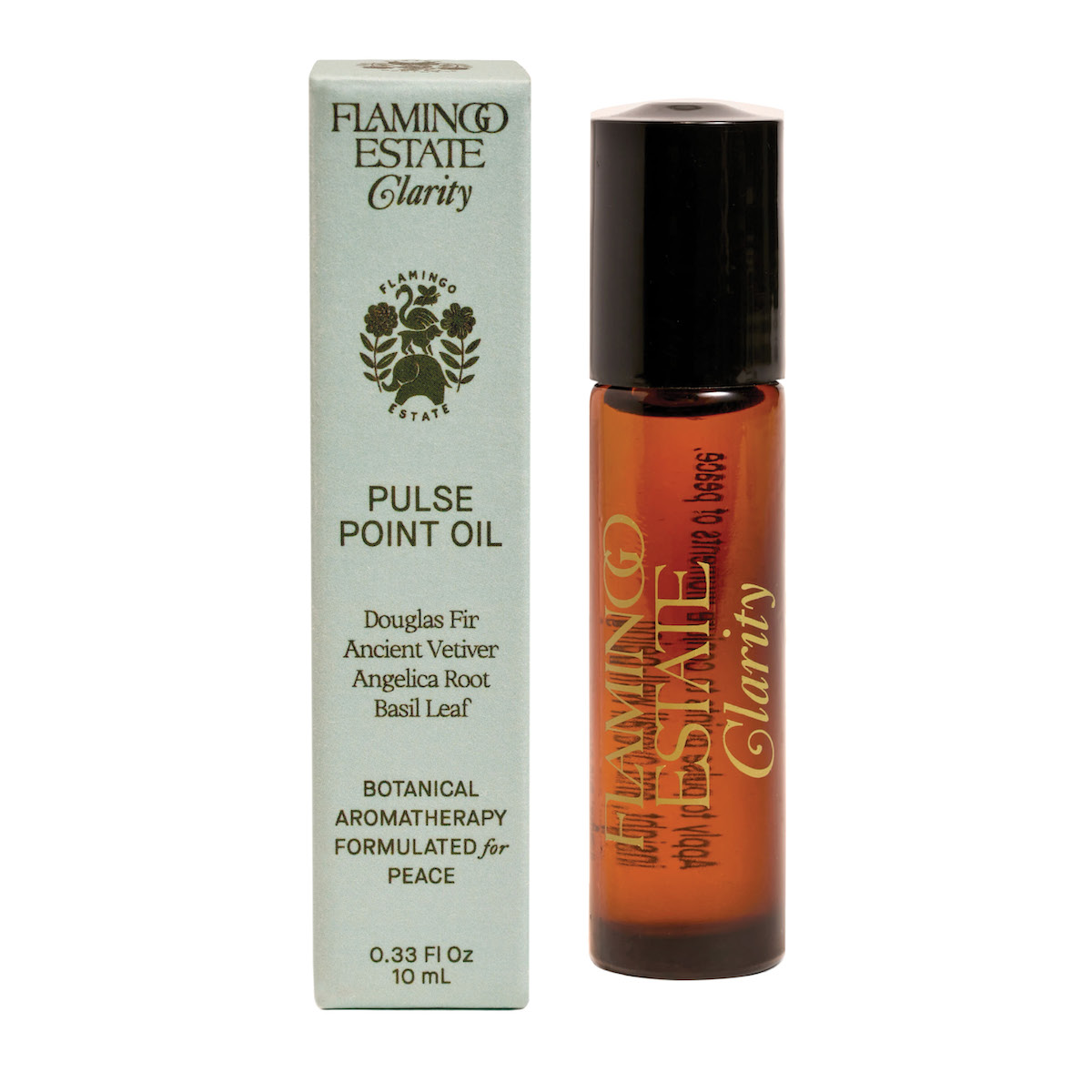
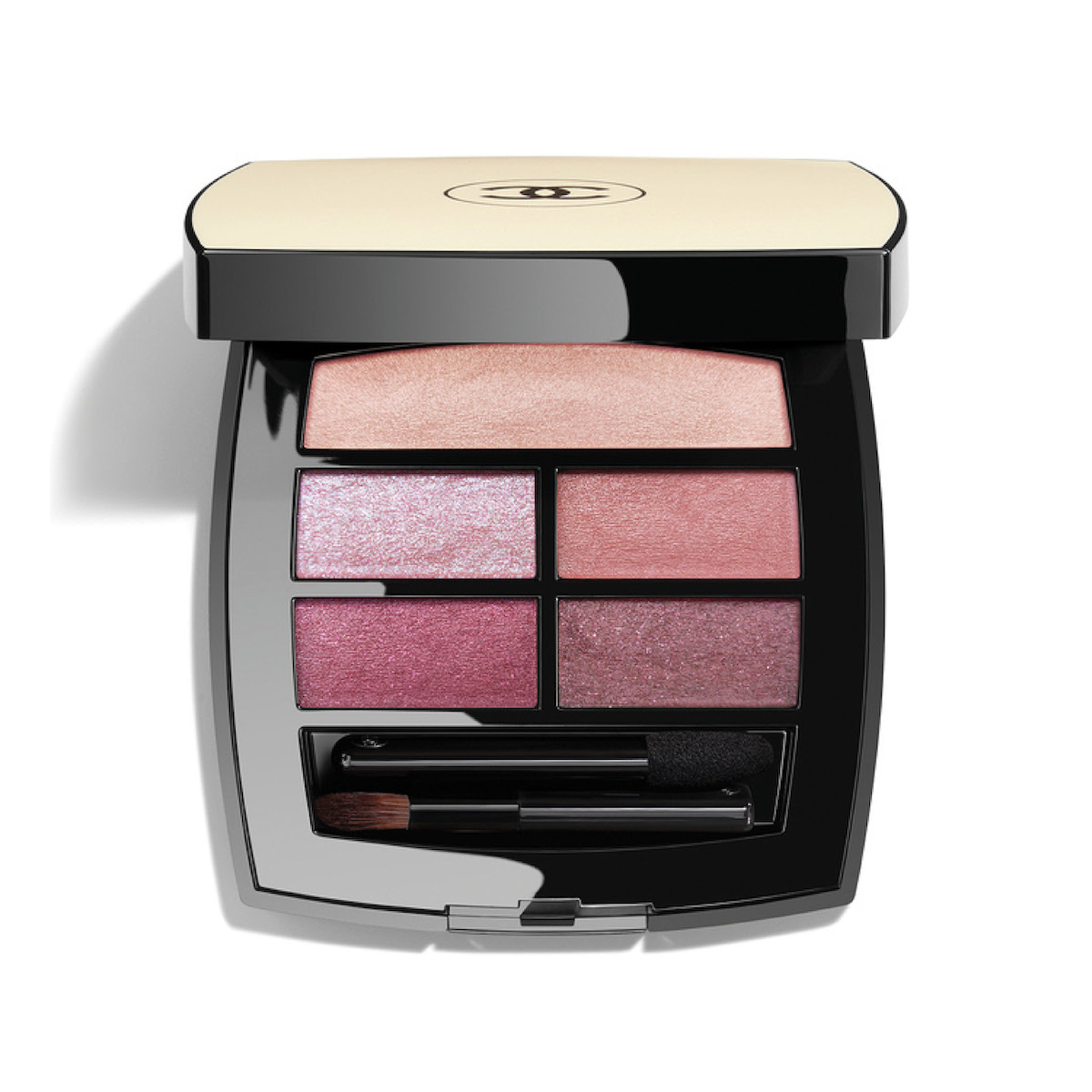
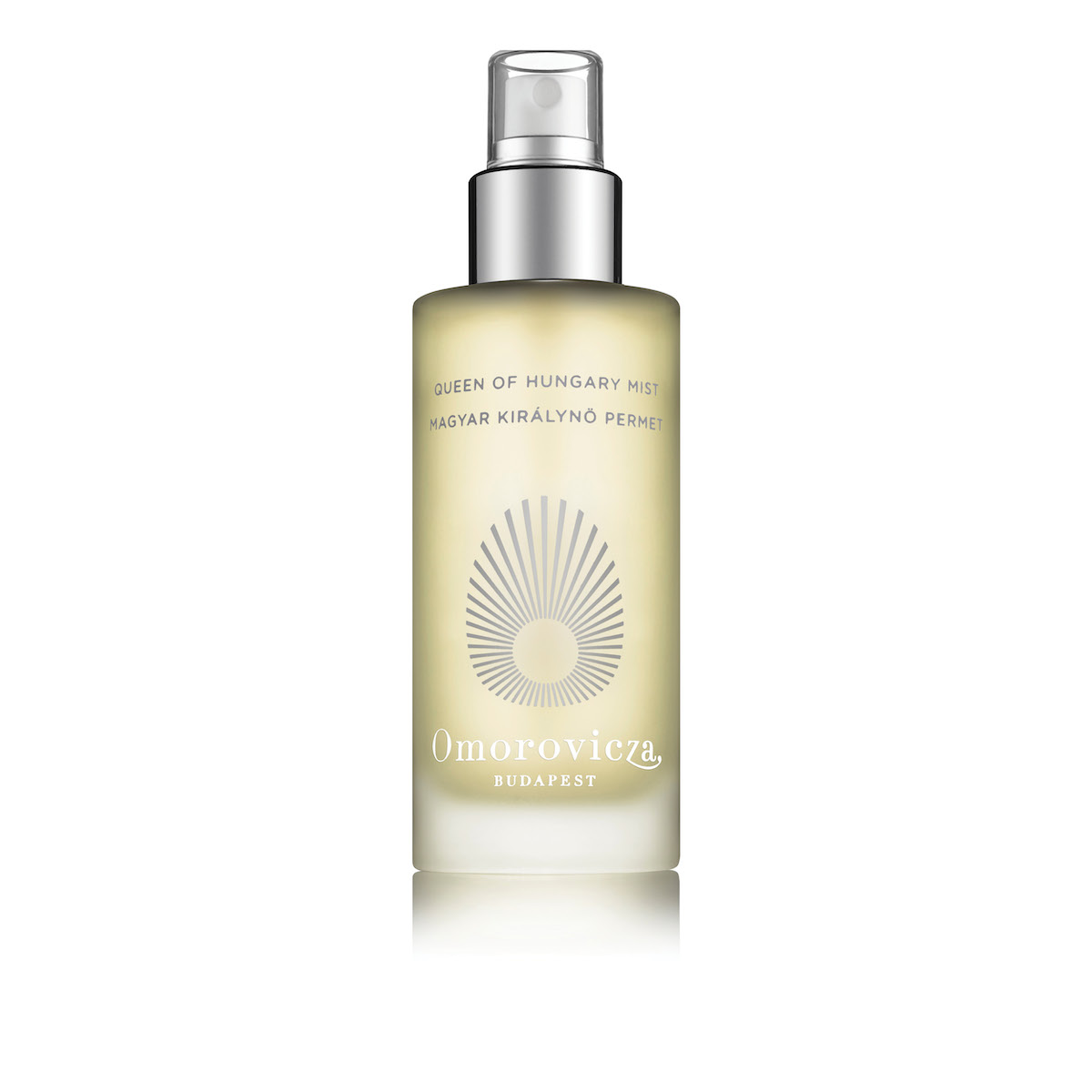

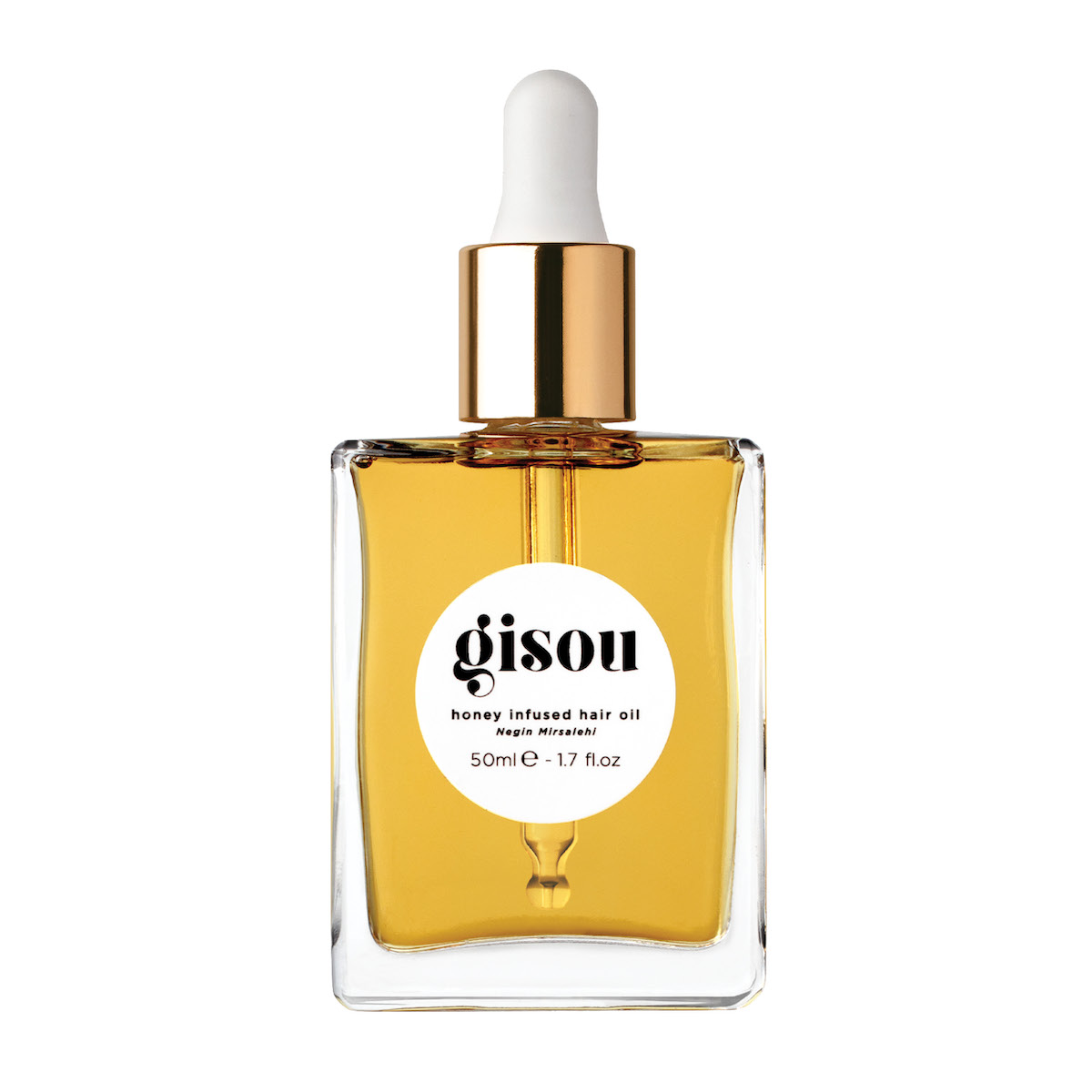
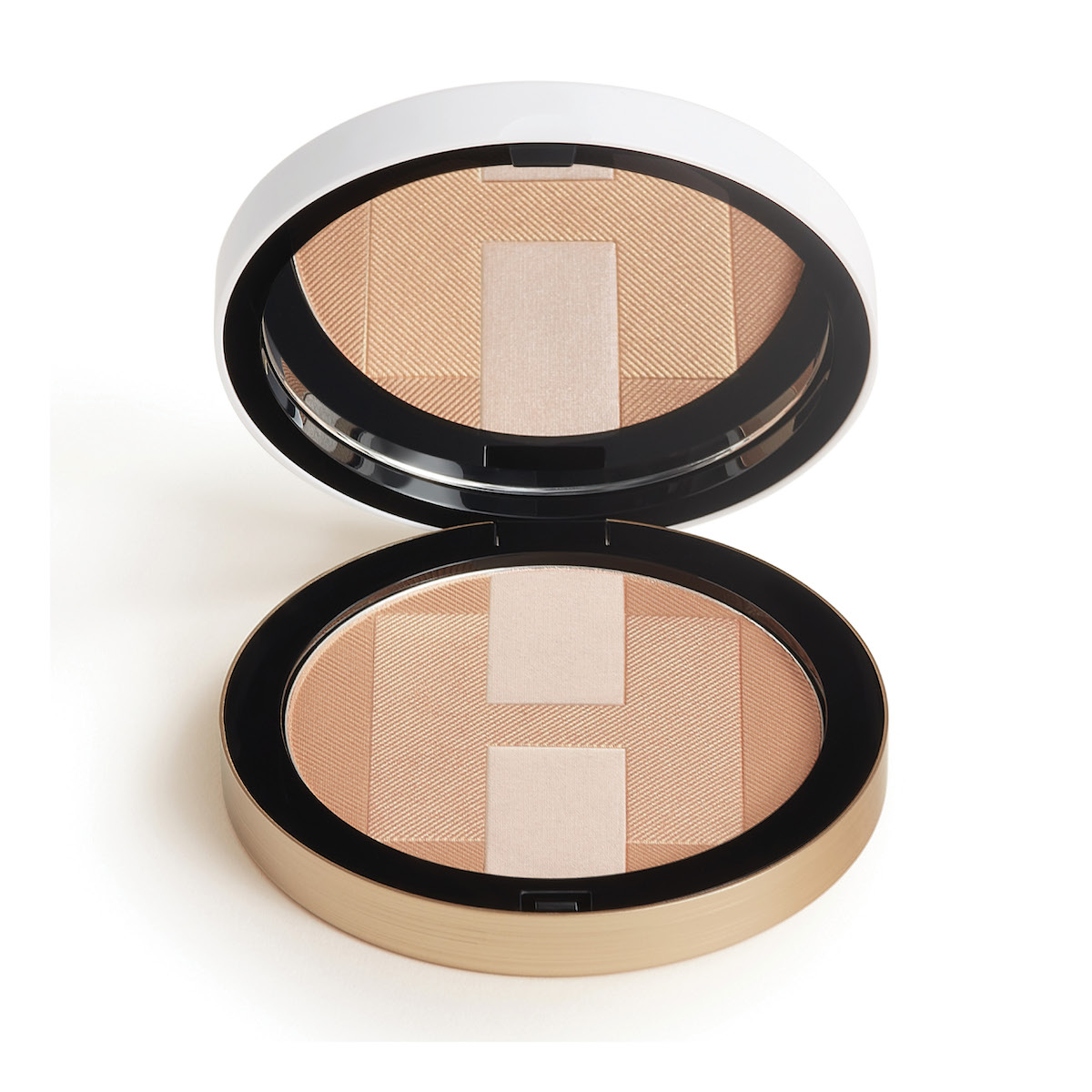
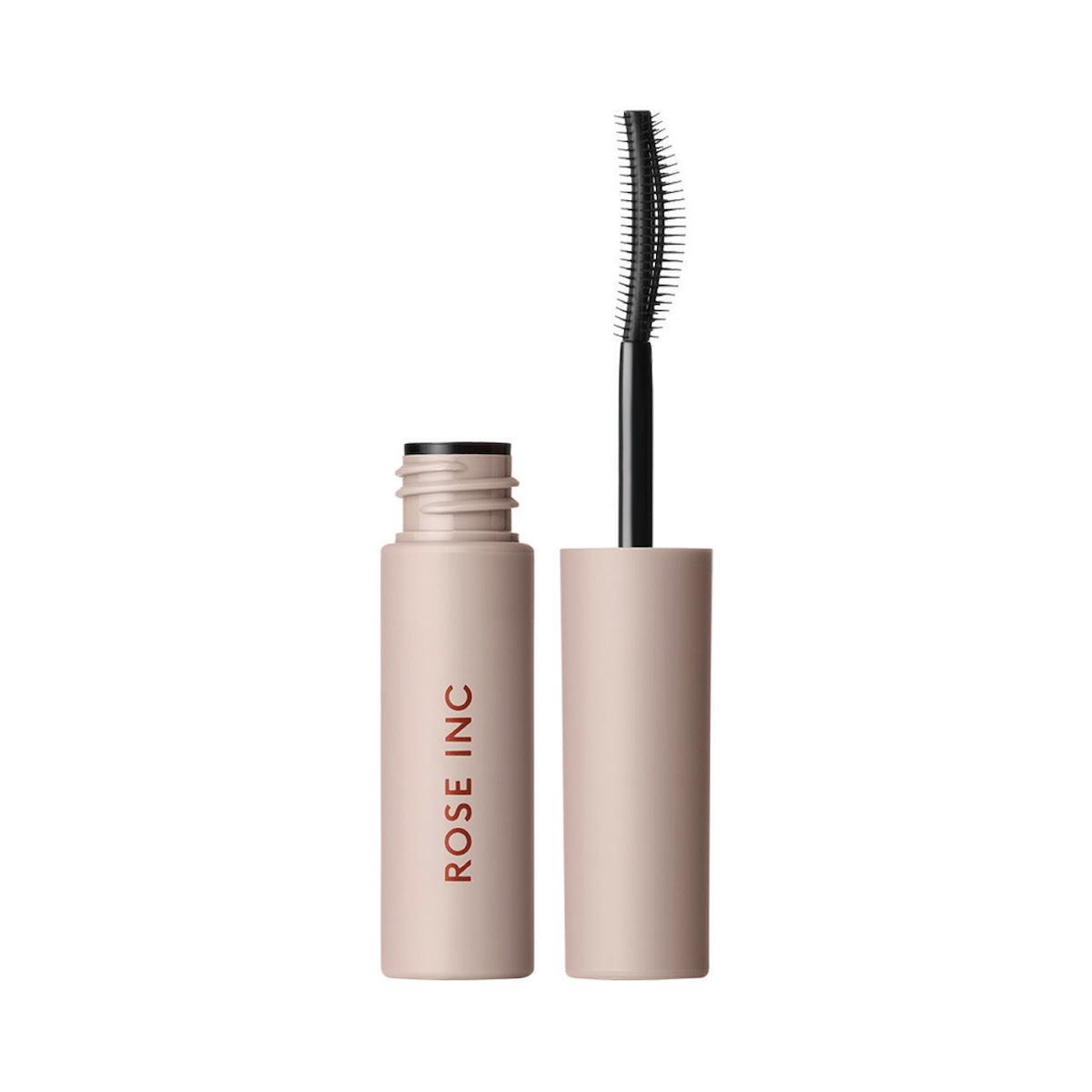

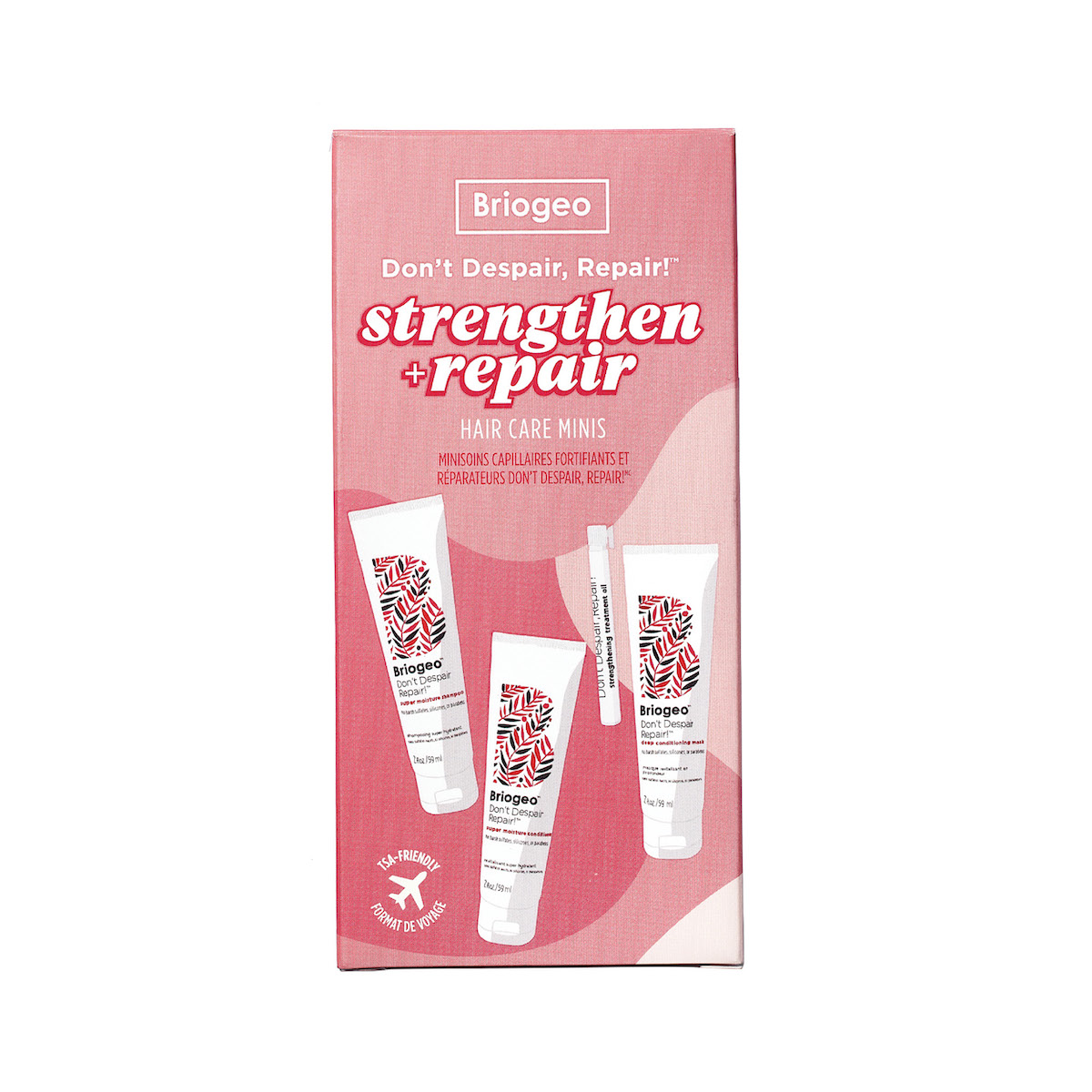
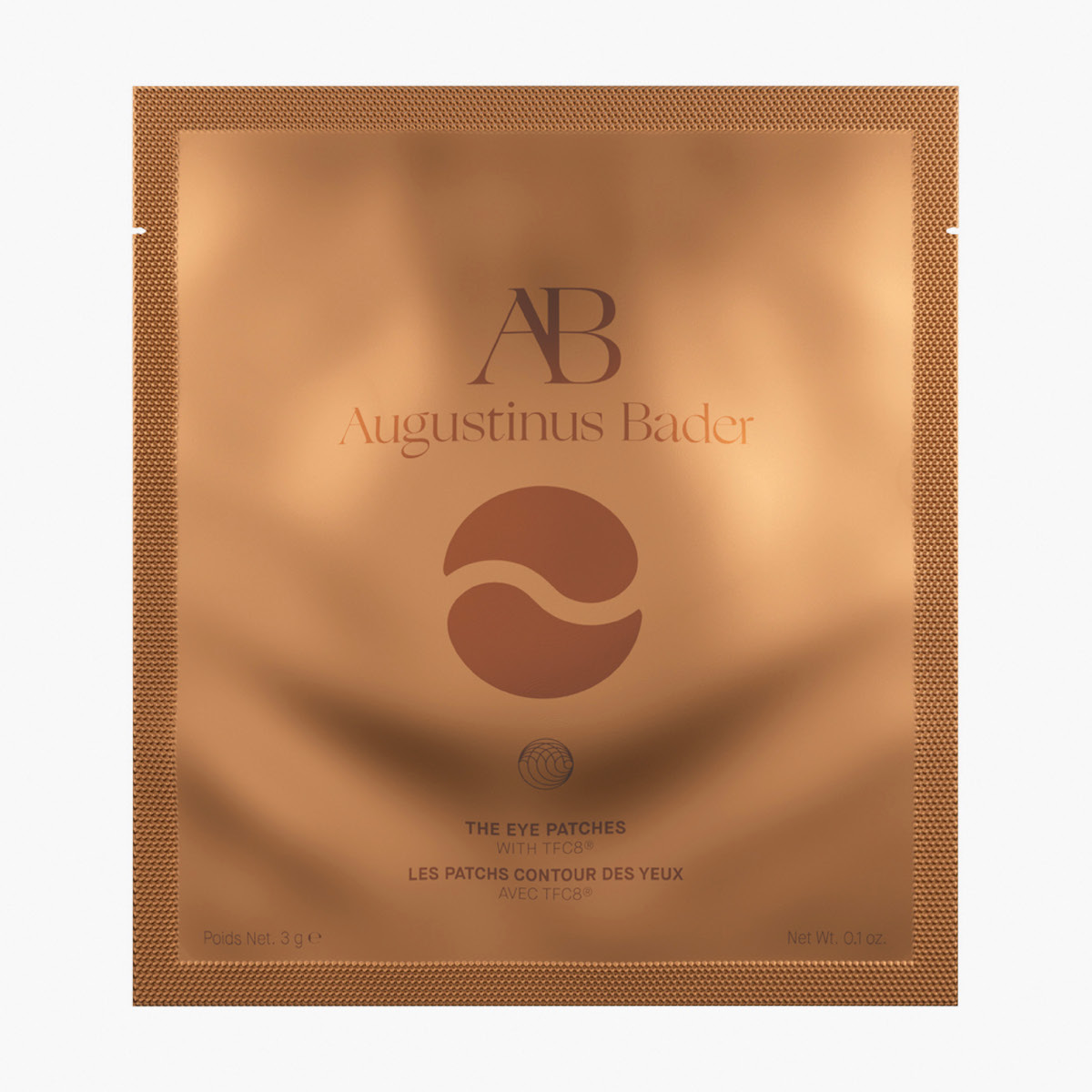
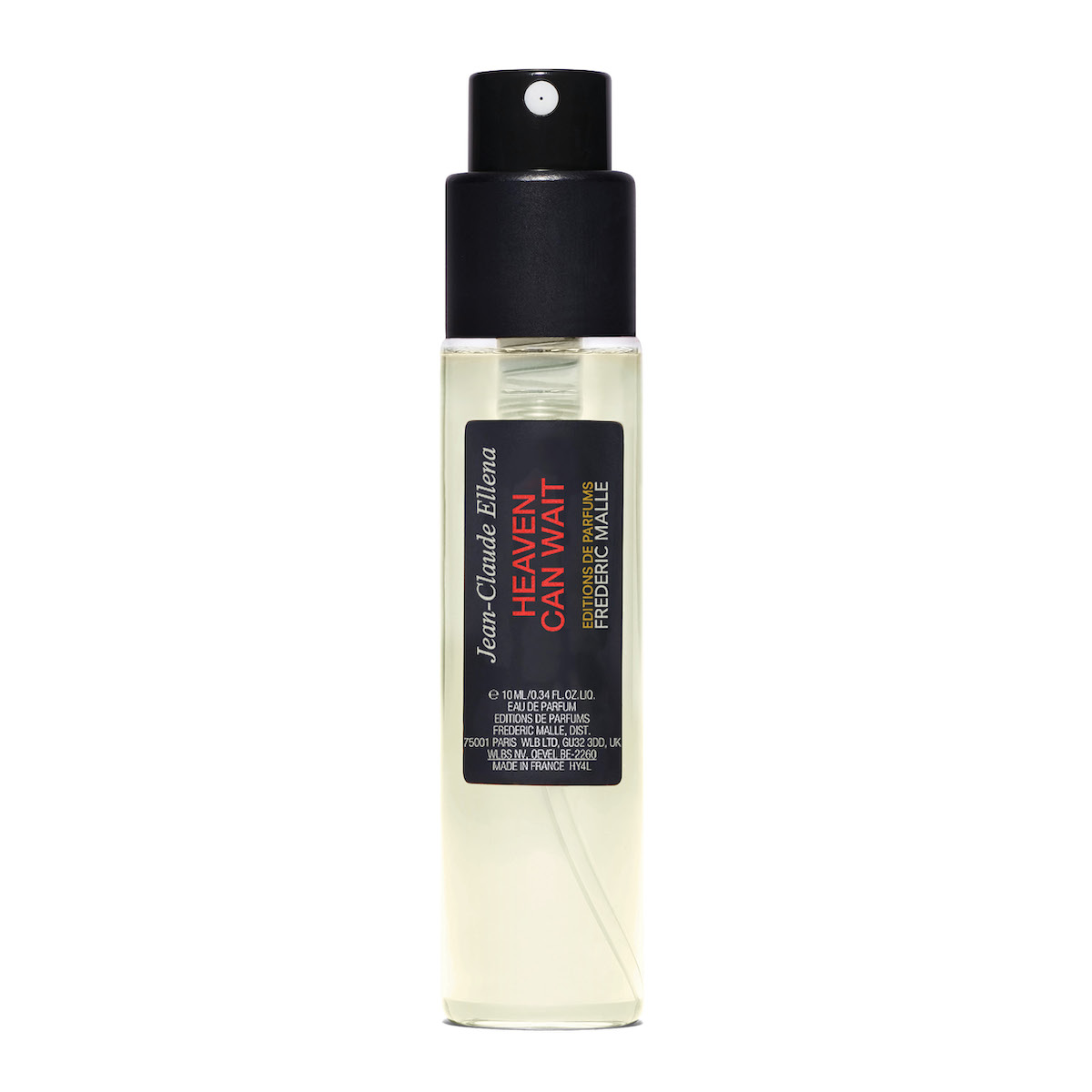
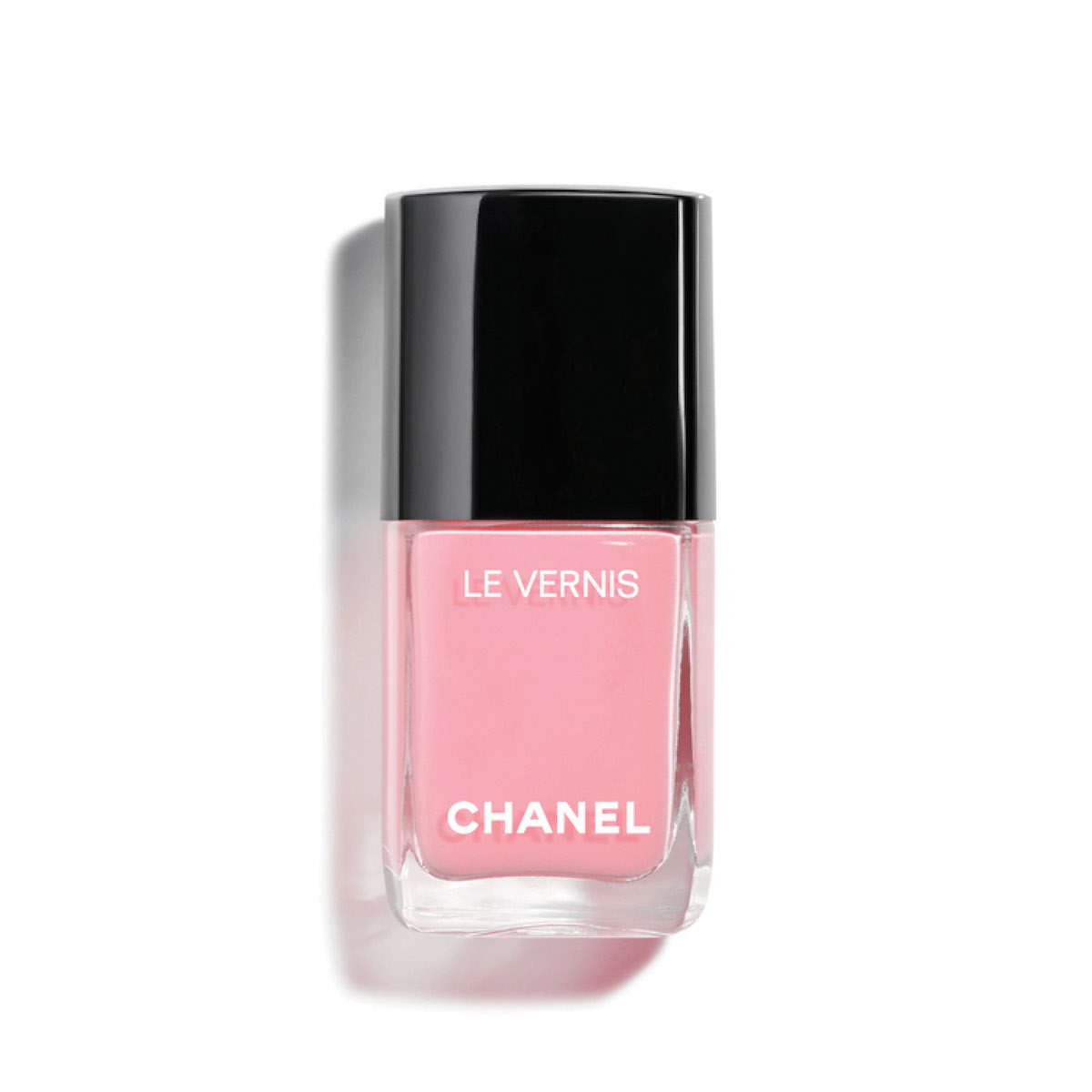
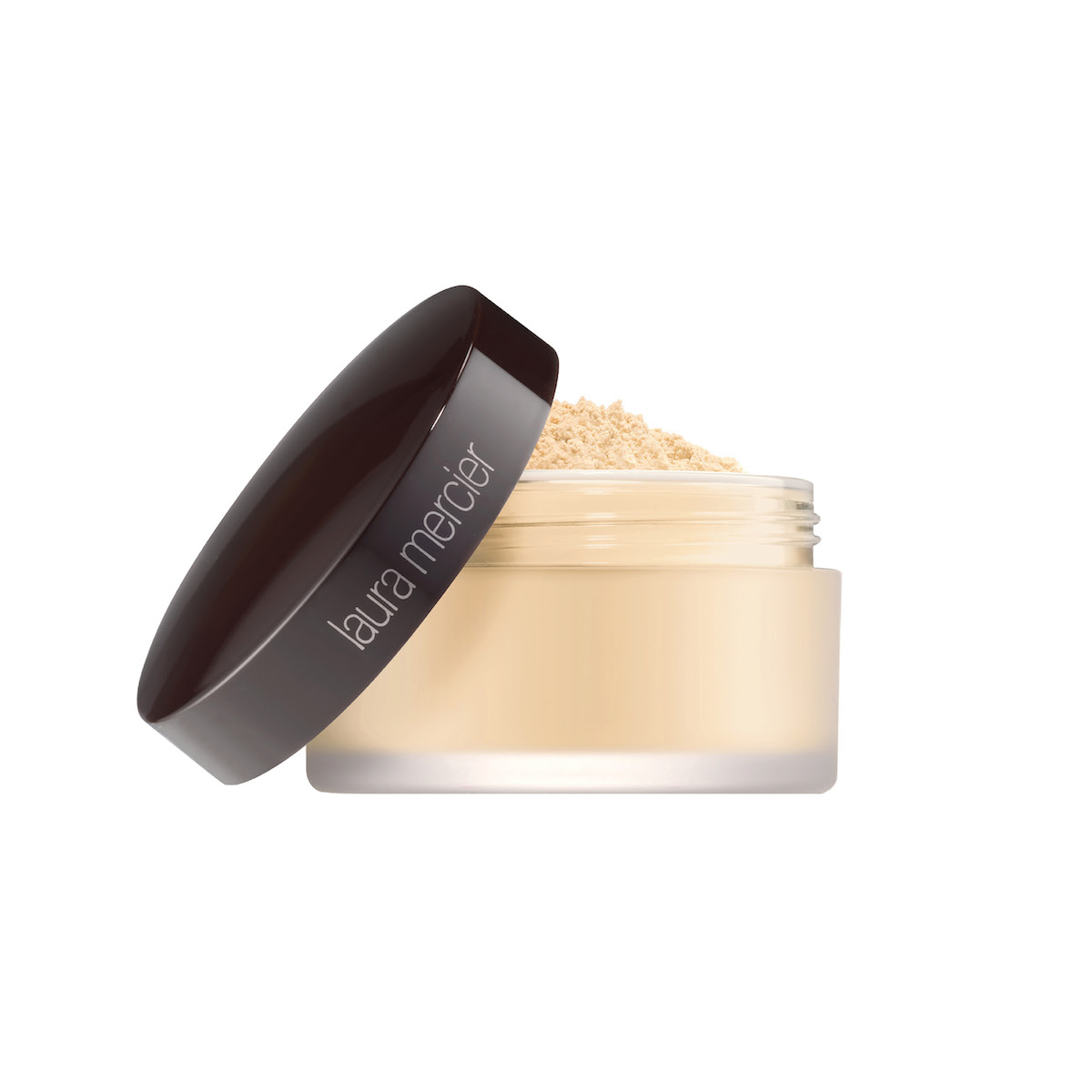
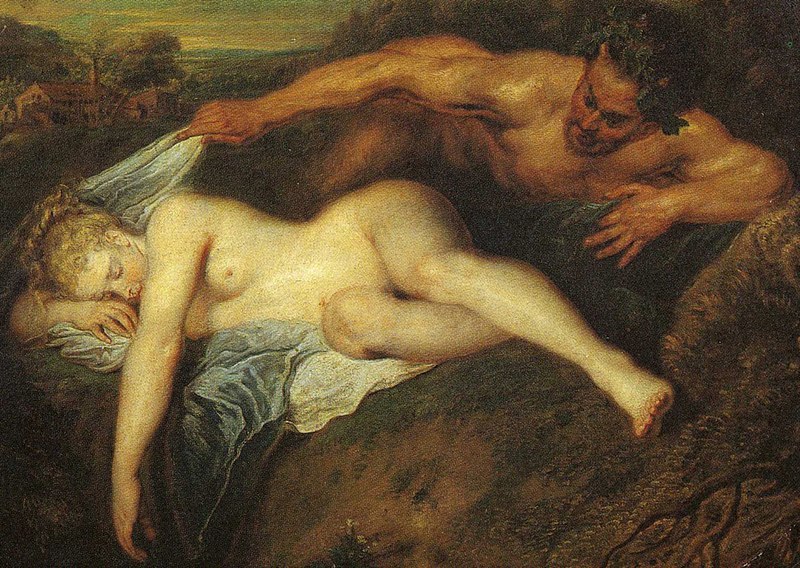 "Nymph and Satyr" (1716), an oil on canvas painting by Jean-Antoine Watteau appears on the cover of a publication of Patrick Suskind's novel, "Perfume".
"Nymph and Satyr" (1716), an oil on canvas painting by Jean-Antoine Watteau appears on the cover of a publication of Patrick Suskind's novel, "Perfume". 